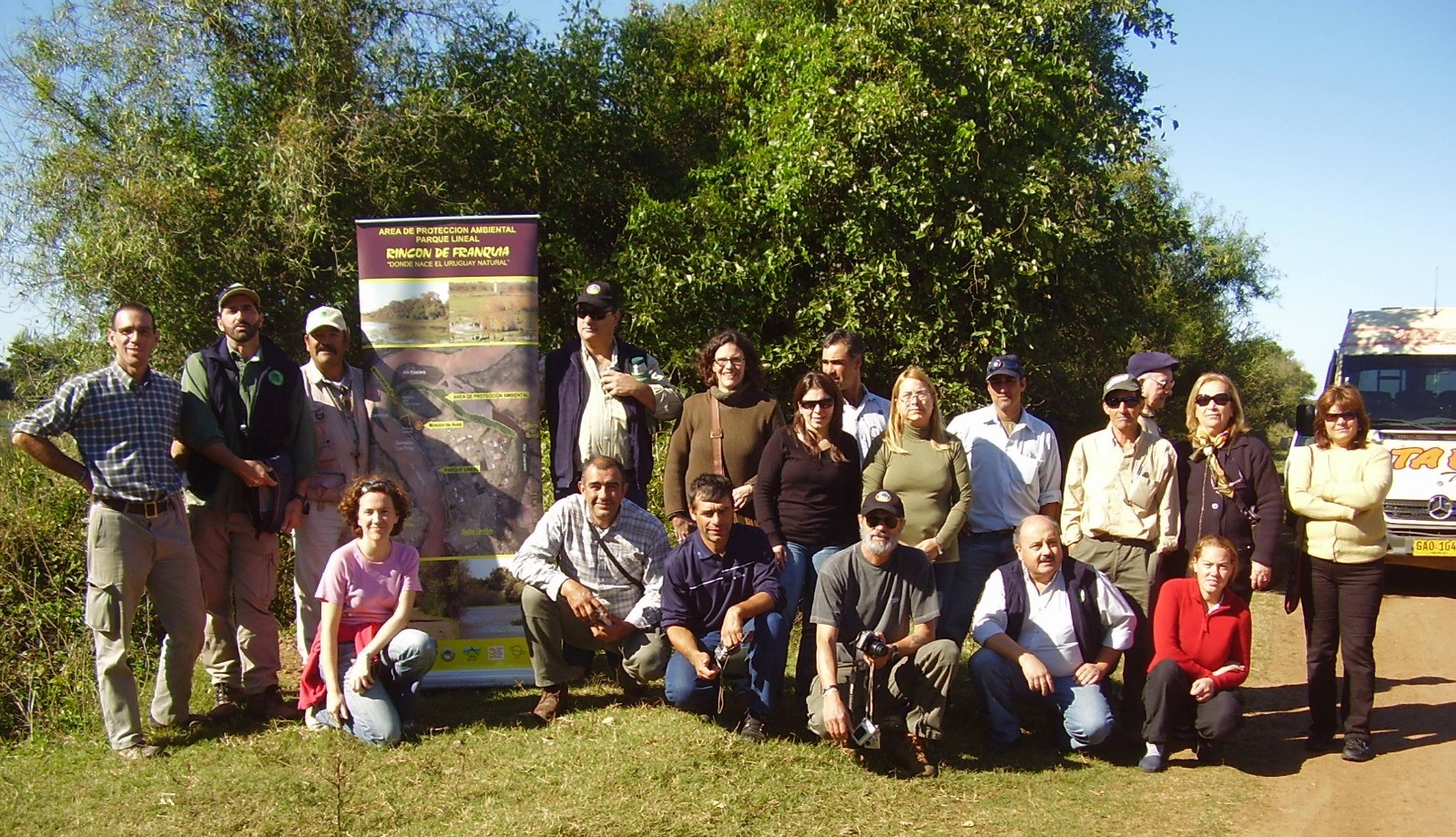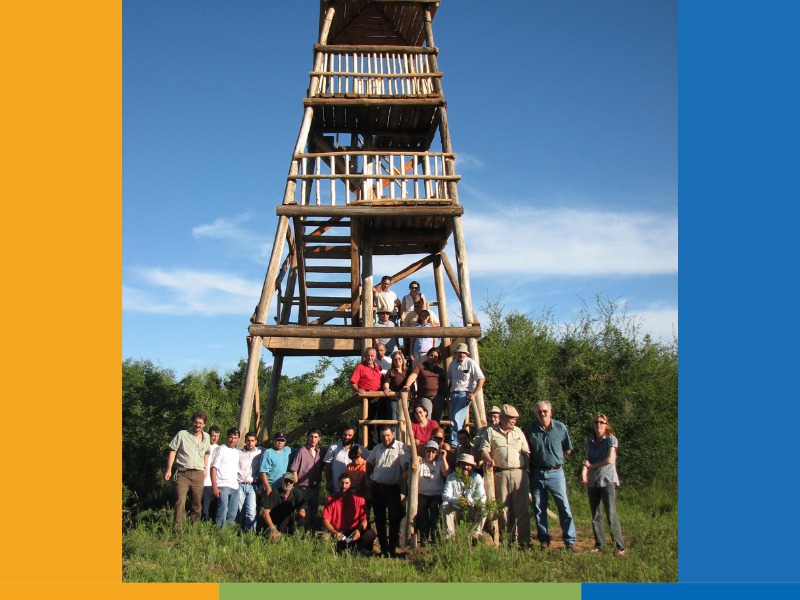Get to know the history of the first Natural Protected Area co-managed by organized residents in our country.
In 2004, Fernando Lapitz, a sugarcane grower and businessman from Bella Unión interested in birdwatching, was enthusiastic about organizing a course in Bella Unión to learn more about birds. He got support from the Local Council and the attendance of about 30 people.
Theoretical presentations were held at the Local Council Hall and practices took place in the northern corner of the department of Artigas, the triple border area which borders Brazil and Argentina, 7 km away from Bella Unión.
In less than half an hour they were able to observe at least 30 species of birds in an exuberant landscape surrounding the most tropical region in Uruguay. Gabriel Rocha, the expert on birds in charge of the course, informed the residents of the treasure they had there.
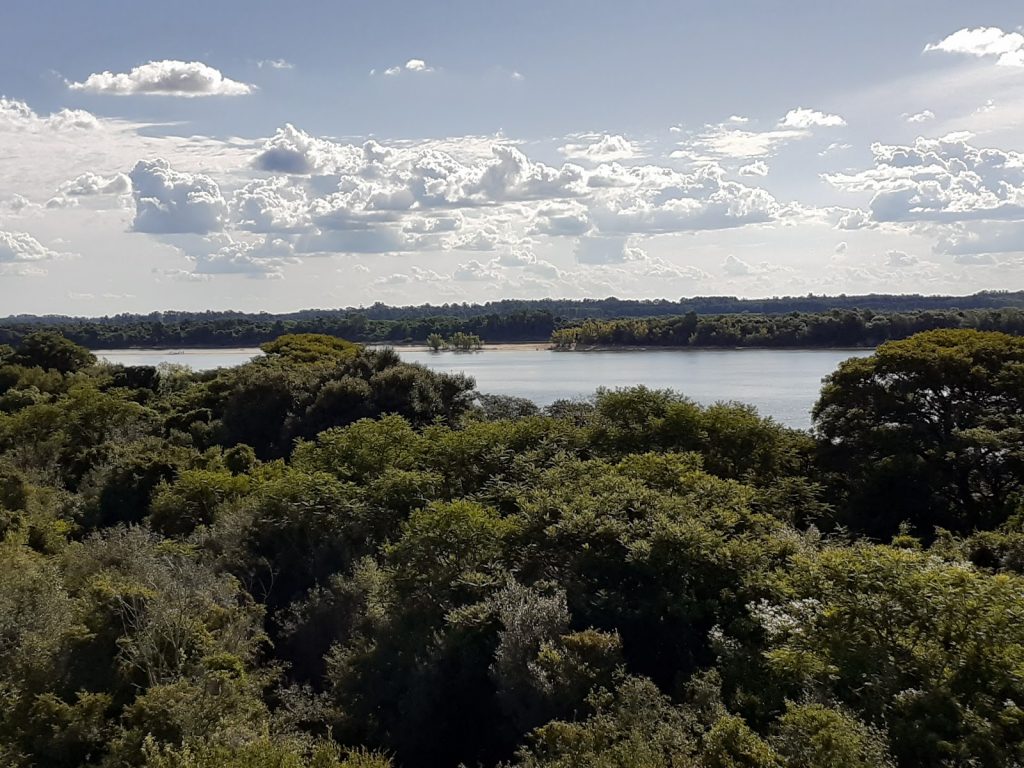
Early stages
Fernando and other course participants were thrilled at such a discovery. However, they worried about the threats the place was facing. Indiscriminate logging of native forests, rapid increase in the number of nearby dumping sites as well as the impact of overgrazing posed a risk to an increasingly vulnerable ecosystem.
They wanted to find a way to protect that natural space; therefore, they worked on the creation of a Natural Protected Area.
On 9th June 2005, something unprecedented happened at Bella Unión Yacht Club: the President of the Republic accompanied by his ministers received residents and organizations in order to hear their presentations. The group of people who supported the idea of creating a Natural Protected Area in Franquía seized the opportunity. They met Mariano Arana, then Minister for Housing, Territorial Planning and Environment, and introduced their proposal. The idea was of interest and they were told to follow all necessary steps to make it real.
So they did. First, they introduced the proposal to the Local Council; next, they introduced it to the Departmental Council, where the project was unanimously declared of interest to the department.
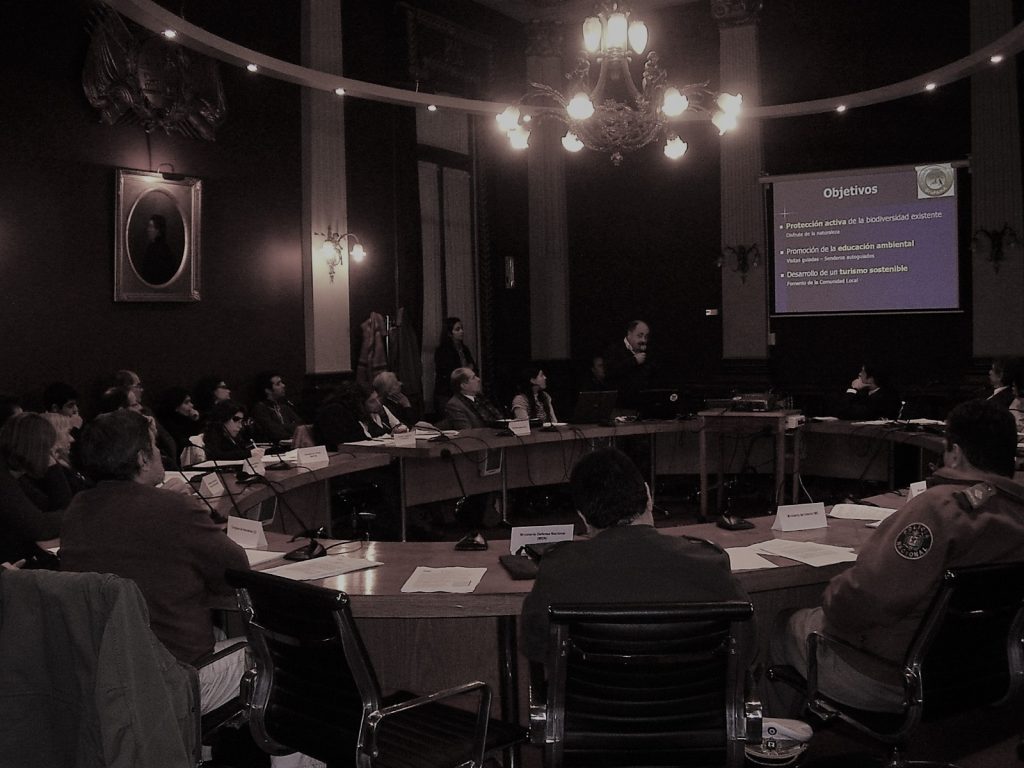
GEF Small Grants Programme steps in
Excitement grew within the group of residents who promoted the idea. Daniel Macías was one of them. He had attended the course on birds and was doing a masters degree in Environmental Management at the time. Daniel is a local resident who still works with other early-stage participants on the conservation of the area. He told us that once they had found political will, they faced the first barrier to achieve their goal:
“We found political will but we had no funds, so we were bound hand and foot. At that moment, a neighbor told us that the Small Grants Programme had opened a call for proposals. He believed our idea fit the conditions perfectly. We applied, our project was selected and we got started”.
In that way, the group made its first project to manage funds with autonomy and little by little it turned into an organization called GruPAmA: Group for an Active Environmental Protection.
Project: “Creation of a protected area and a linear park in Franquía, Bella Unión”
The project consisted in creating a protected area for the conservation of natural resources, the enjoyment of the environment and the promotion of environmental education in the region of the Cuareim River mouth. The project allowed for the construction of a bird watching point and the development of restoration actions in the most degraded areas by the Uruguay River, creating a linear park reforested with native species. In addition, an interpretation center and five self-guided trails were created. GEF funding also allowed for the implementation of a park ranger service which became essential and remained in the charge of Artigas Municipal Government once the project was completed.
Later, they attained a significant milestone for the history of the department and for environmental conservation in our country: the area would be co-managed by the local government and the organization, thus creating the first community-based biodiversity conservation experience in Uruguay – which is one of the aims of the Small Grant Programme (SGP) in every country where it is present around the world.
“It happened in 2007. Everything started then because the area we wanted to protect and preserve was created through that project. Rincón de Franquía is mainly fiscal land, so we suggested to the Departmental Government and the Local Council that we could manage the area and carry out all the activities jointly. SGP and UNDP support was substantial for such management, as we were a recently formed group with little experience; we were just starting. The Departmental Government decided to give us support and accepted to co-manage the area. An honorary management committee was created and action was taken as of that moment.
Besides, SGP funding allowed us to reach an agreement with UdelaR and Aves Uruguay to carry out a scientific assessment to confirm whether the area was of ecological significance or not. Many people had doubts, even ourselves. Deep inside we didn’t know if we were moved by our own affection for the area and eagerness towards its conservation. Flora, fauna, mammals and amphibians were assessed, which confirmed the ecological significance of the area. A socioeconomic study was also carried out and its results proved social support for the project, since 85% of the residents agreed to the creation of a natural protected area”.
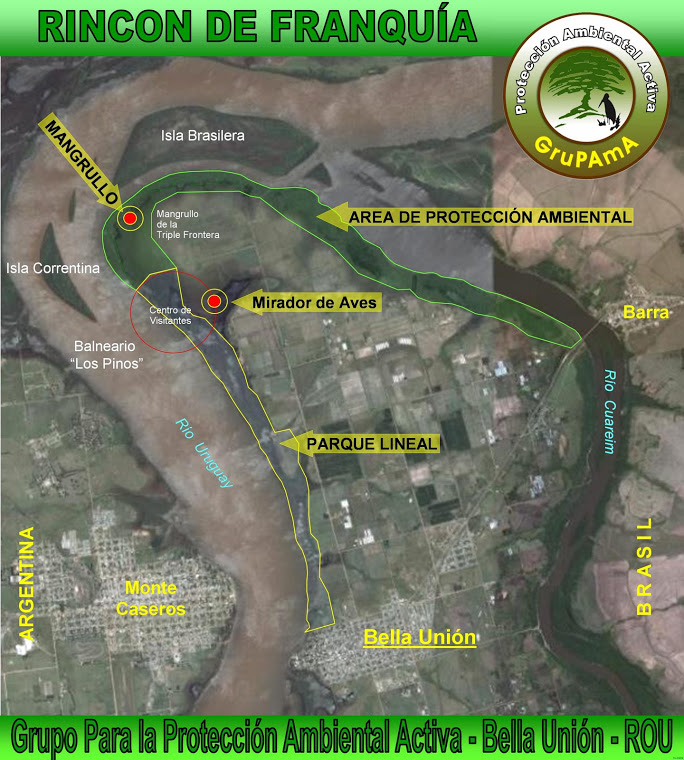
“We made a proposal for the delimitation of the area and its value started to be enhanced. We built the triple border observation tower – a simple and rustic high tower that became a symbol of the area. We also made signs. All those operations were carried out with SGP funding. On this basis, in 2011, the National Protected Areas System accepted the formal proposal to create a natural protected area – which became the 9th protected area of the National Protected Areas System in 2013”.
According to Daniel, among people from Bella Unión the creation of the protected area contributed to the idea of having an important natural heritage which could be a source of work for those who wanted to devote themselves to nature tourism and the services it requires. Above all, it helped them feel the protected area is part of them and part of Bella Unión.
Daniel highlights the support they received from the SGP to let the proposal grow collectively respecting the local community process.
Growing from seeds
“The project was also important for us as a group. First, because we were respected as locals, which means that nobody came to impose anything on us. Nobody said: ‘we provide funds and we want things done this way’. Quite the opposite, locals were highly respected. Our group was strengthened and at a certain moment they gave us support to get stronger, to expand, to grow; and that was very important to us”.
14 years have passed since Artigas Departmental Government and GruPAmA signed the agreement to co-manage the area. Since 2013, the project has received support from the Ministry of Tourism to develop ecotourism options. The area has become part of the Corredor de los Pájaros Pintados ecological corridor. At present, the group focuses on biodiversity preservation and restoration in the area.
“Apart from being beautiful, biodiversity is very important because of the support it offers to the ecosystem. Riverside forests in good conditions not only provide habitat for fauna but also protect river water. Riverside forests are a barrier that prevent erosion and a buffer for flooding; they even provide pollen for beekeepers. All in all, we could make a really long list of ecosystem services and it’s important to bear this in mind when we consider preserving, improving and restoring biodiversity”.
The dream of crossing borders
They have come a long way and have a long way to go in the future. The group still has many goals, so they will continue their commitment and work to realize the projects and to achieve their dreams.
“One of our dreams is the Trinational Biological Corridor. We would like to join Rincón de Franquía with Parque Estadual del Espinilho (Brazil) as well as with a prospective area in the mouth of the River Miriñay, in Argentina. For this purpose, we are working within the transborder movement of environmental NGOs trying to create this trinational biological corridor. In this way, the area would gain more significance. The corridor would allow the conservation of a larger area and the development of potential ecotourism options. All this is possible because we got started one day, because we received support from the SGP and we counted on all its prestige to help us”

